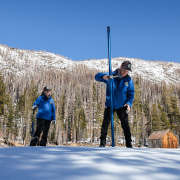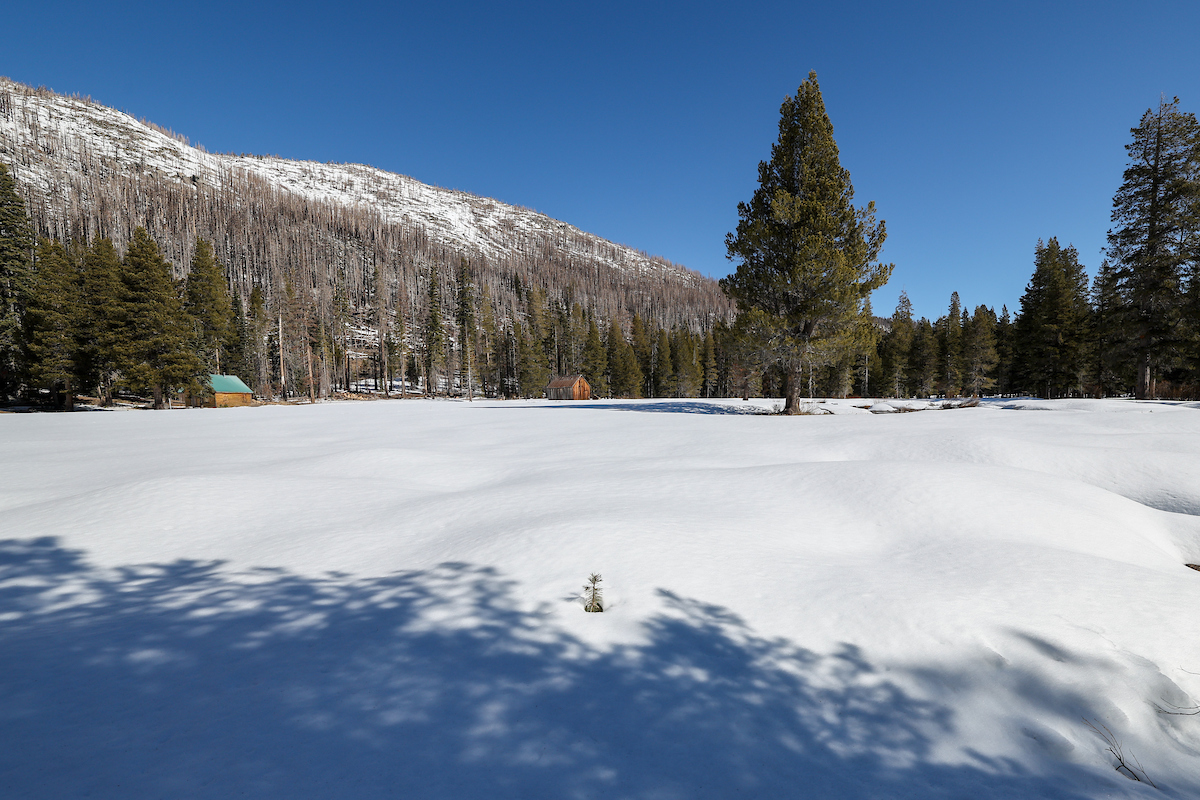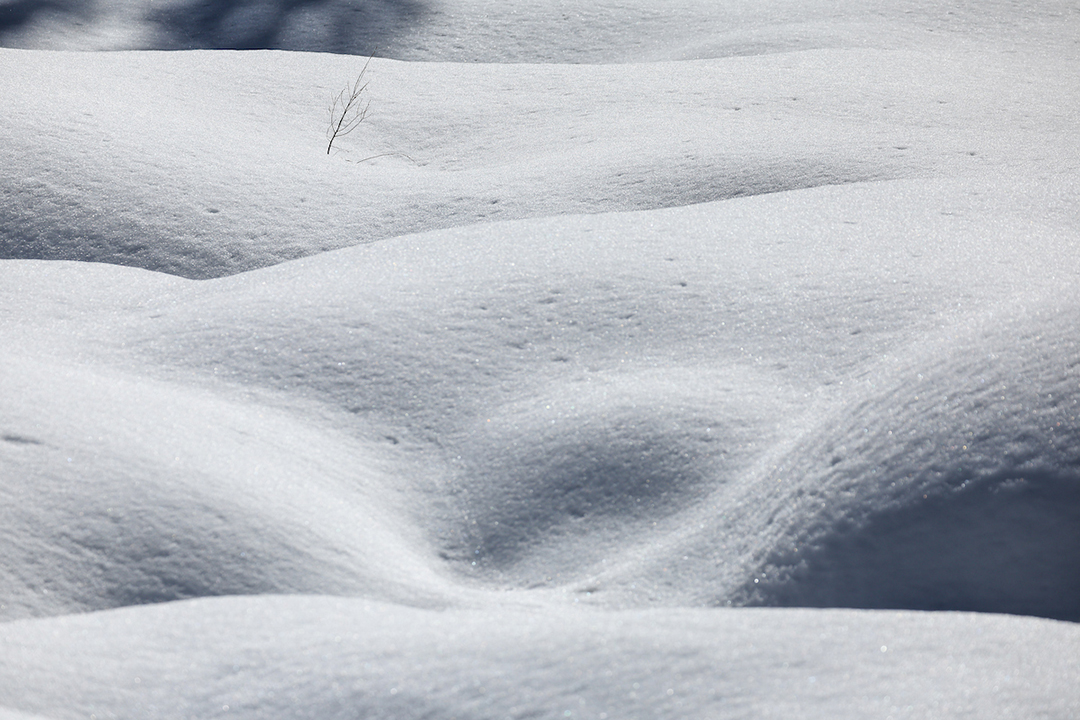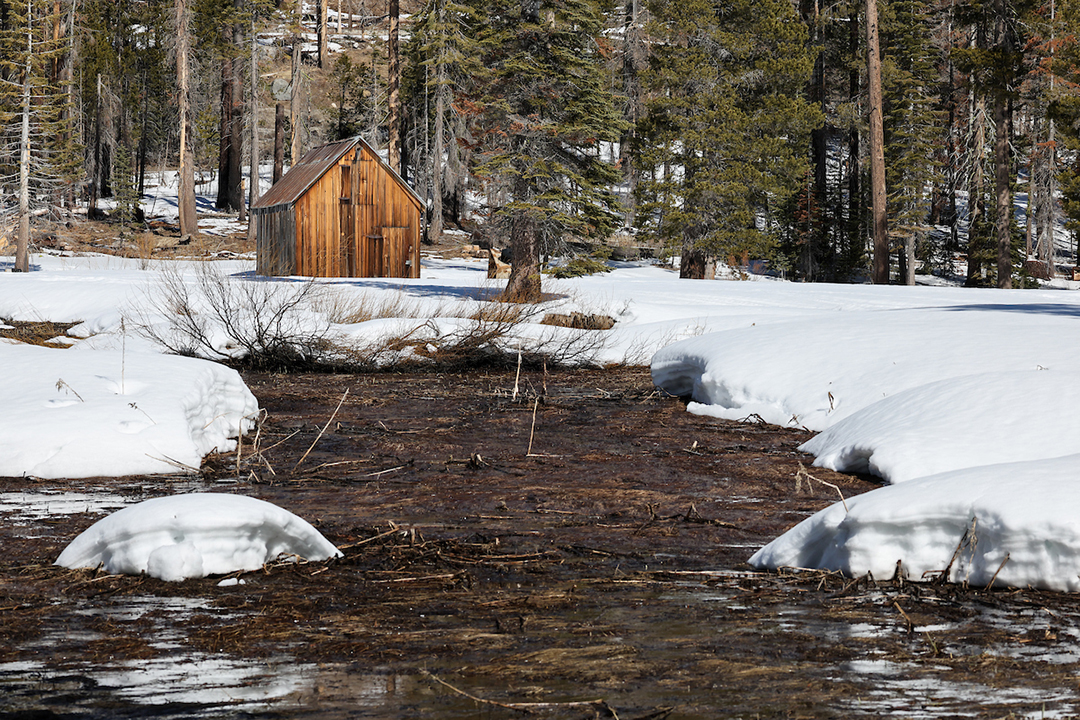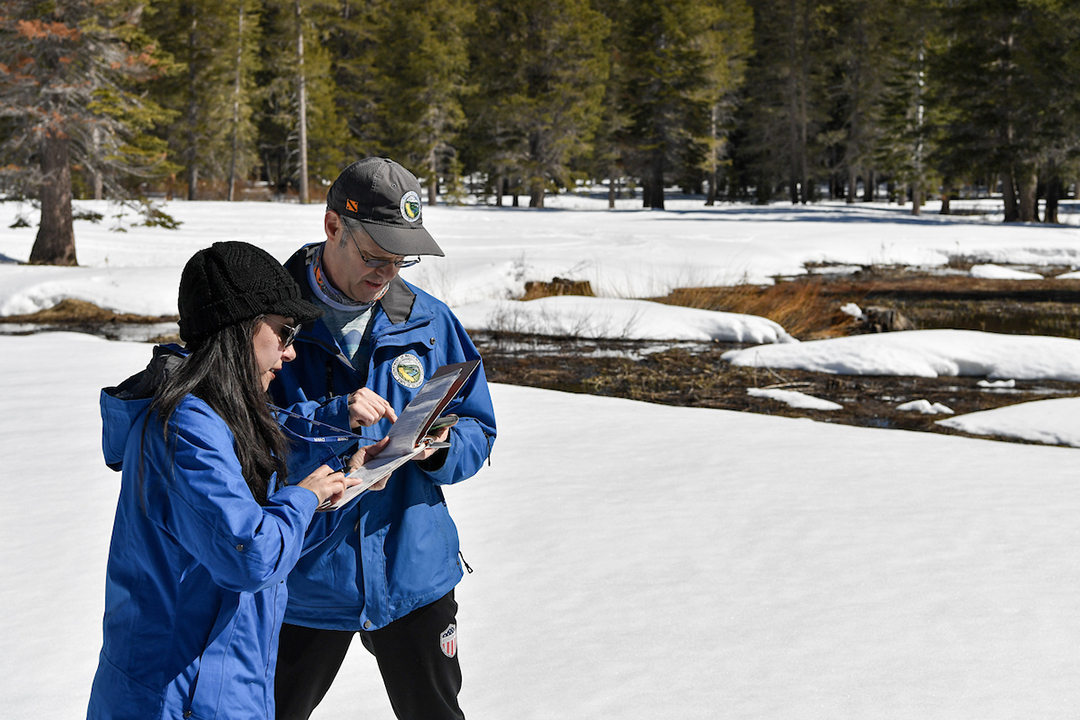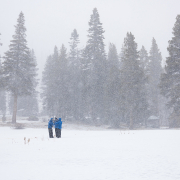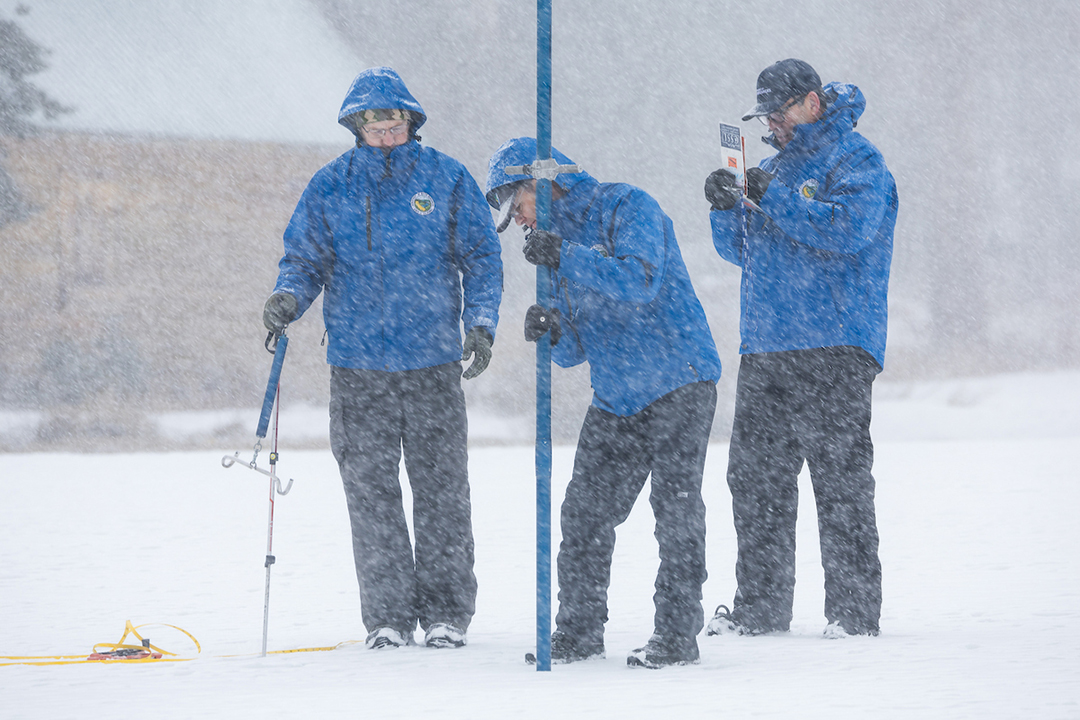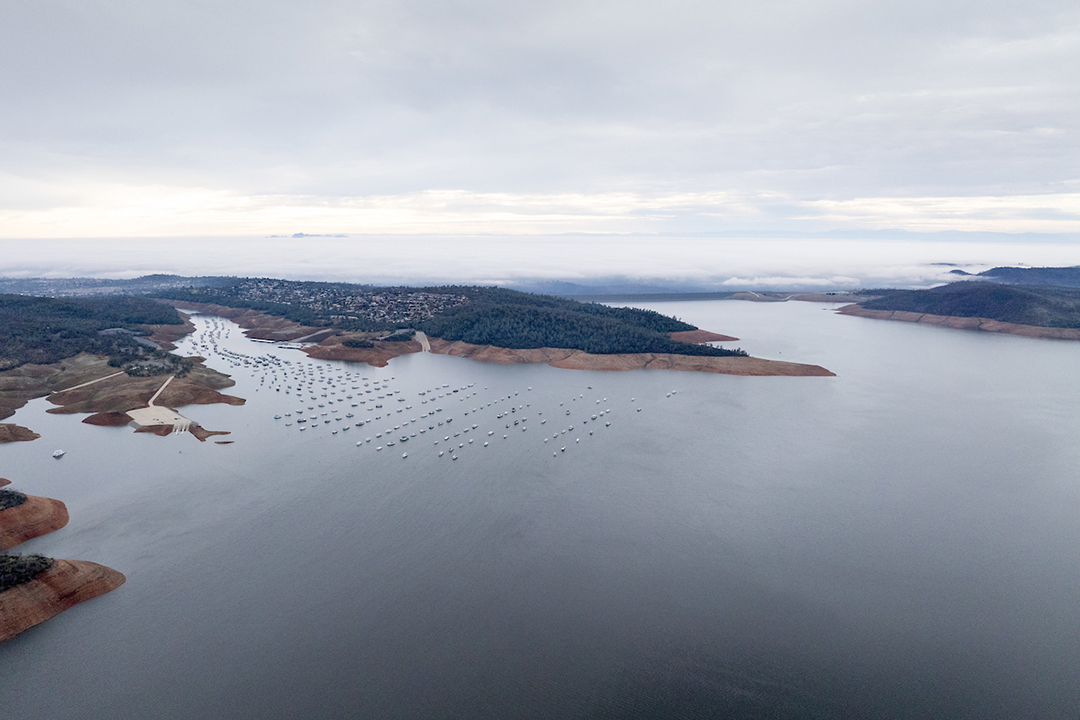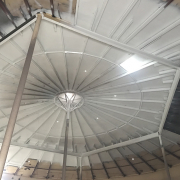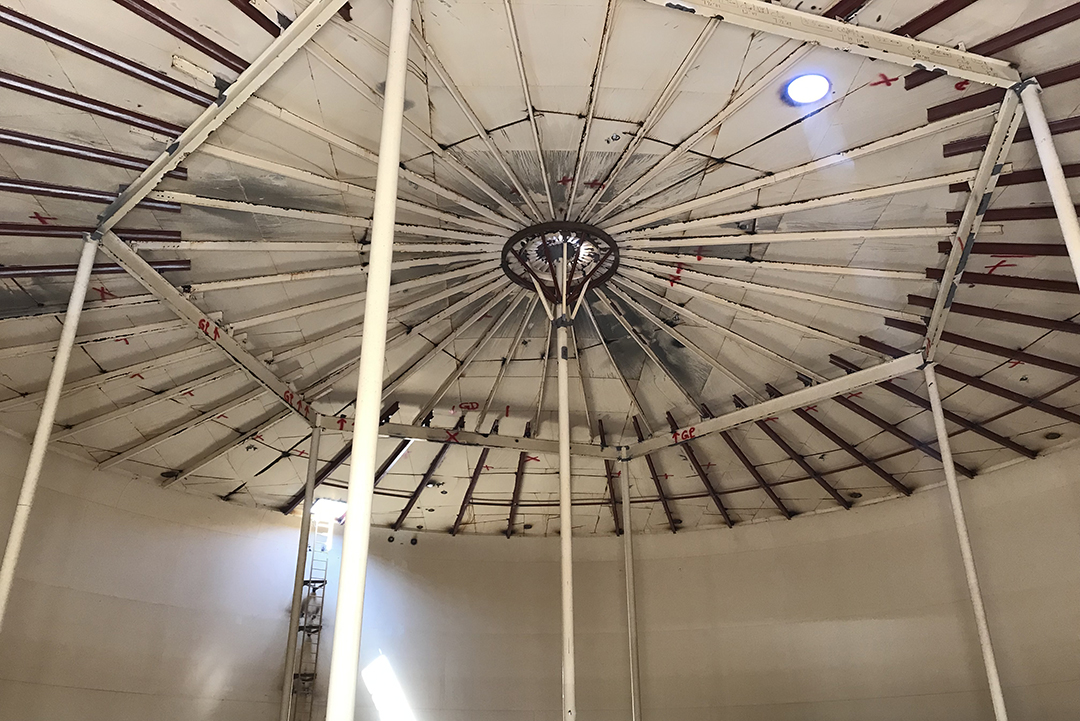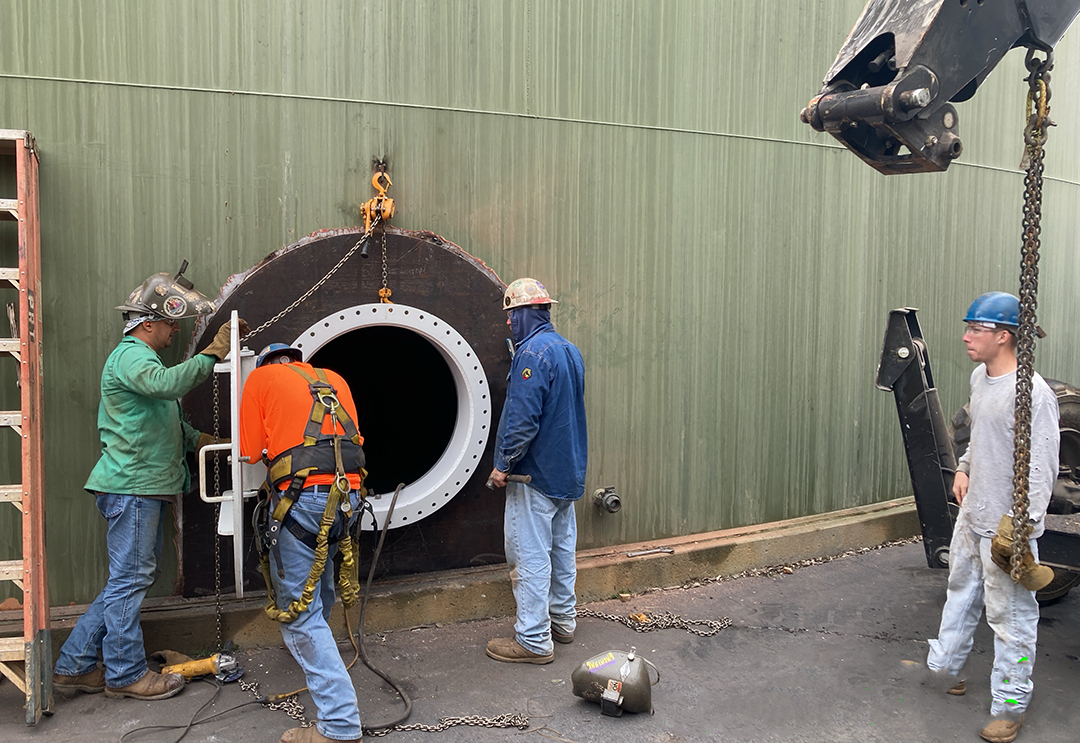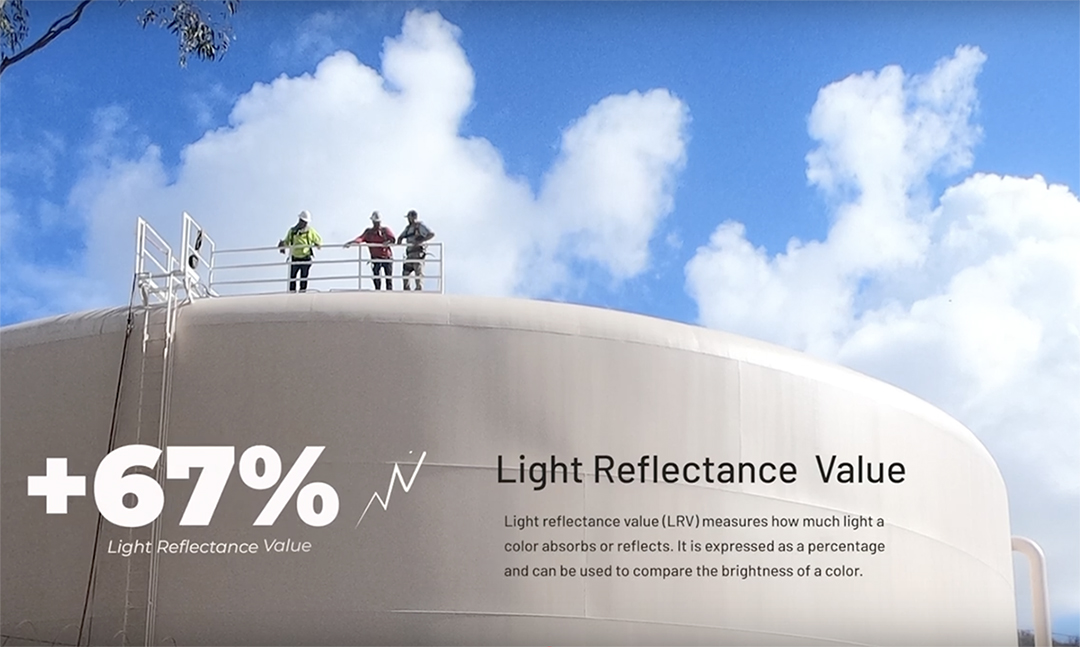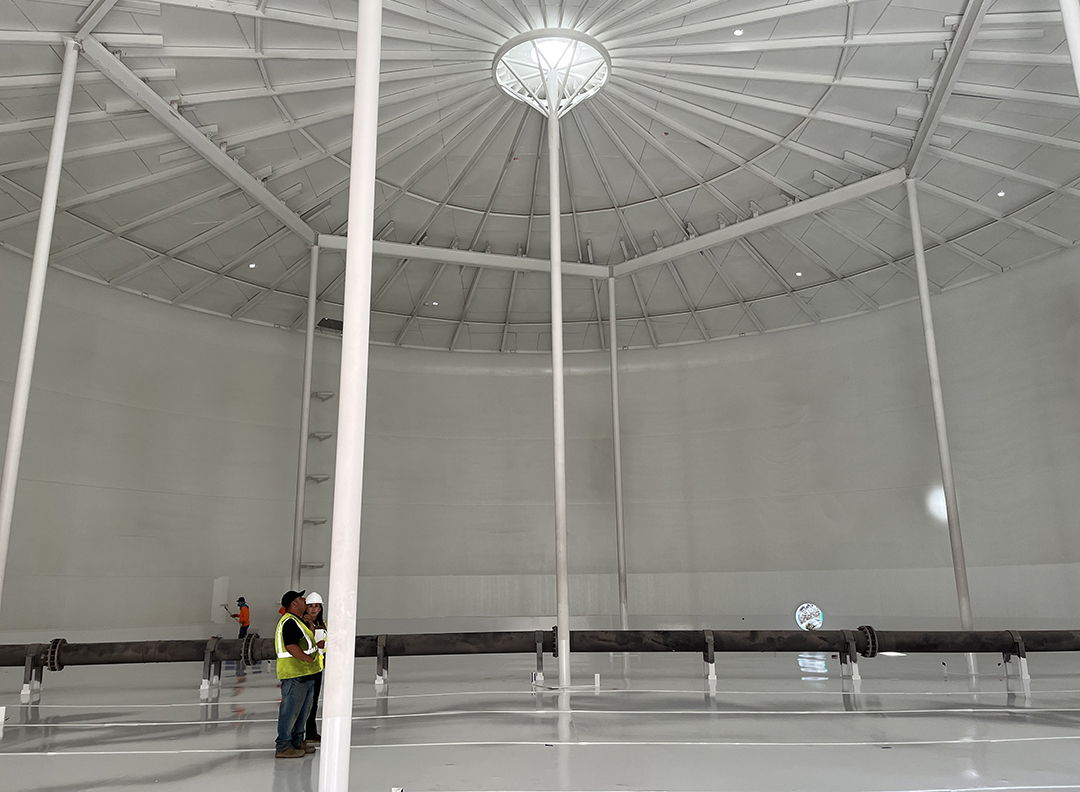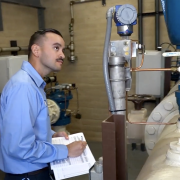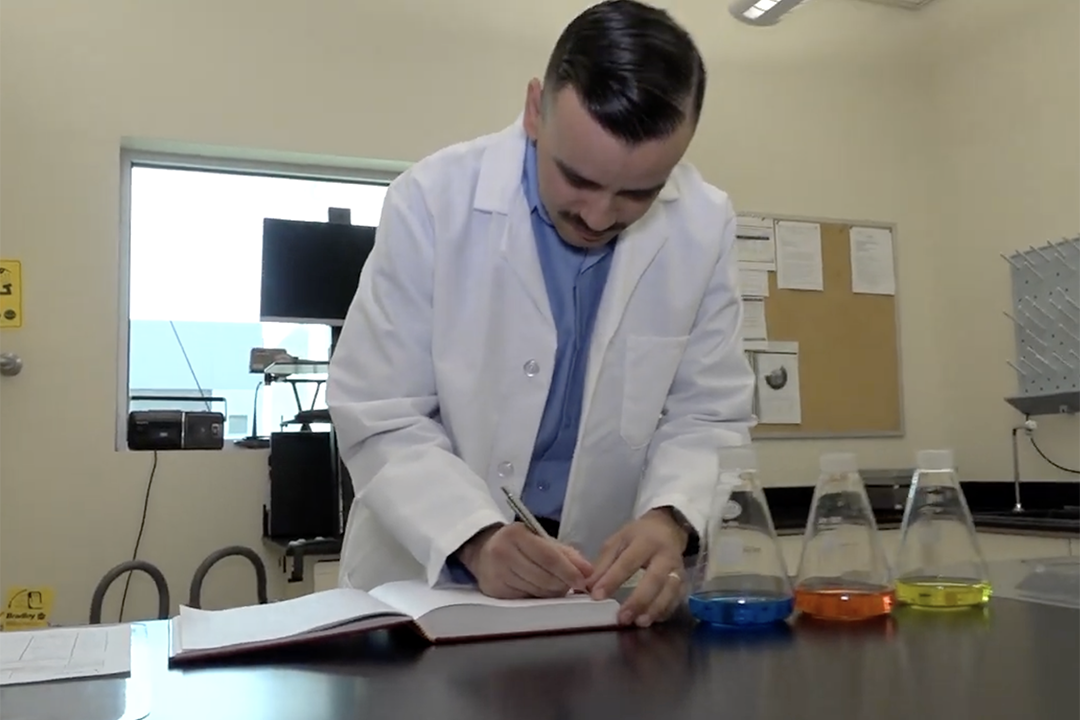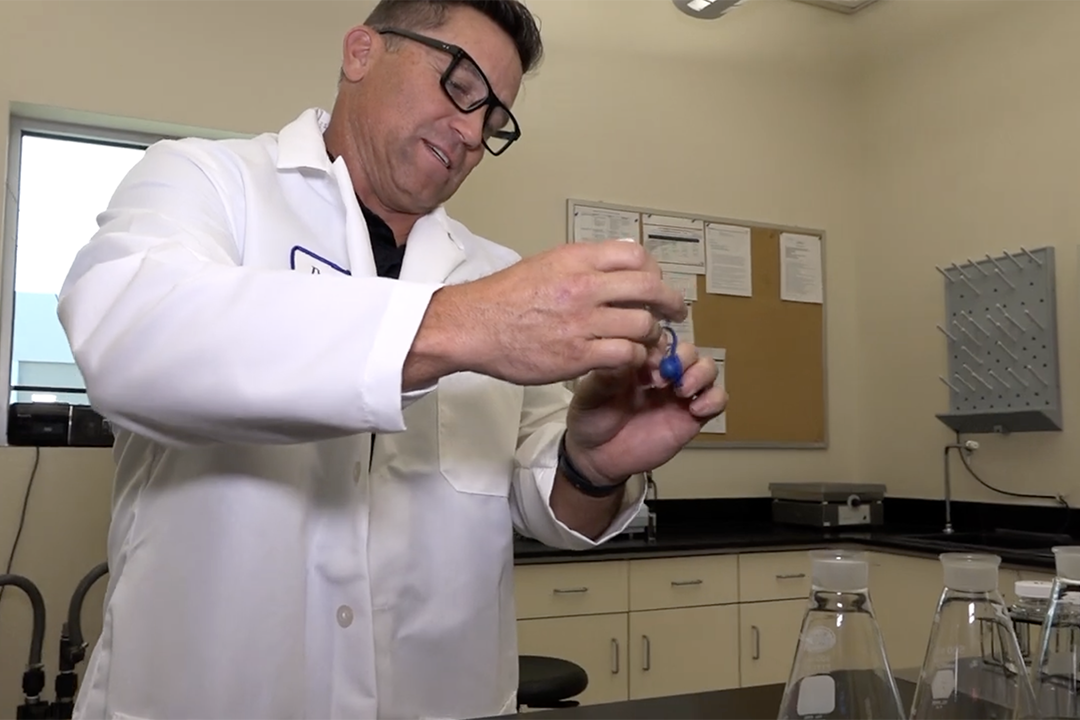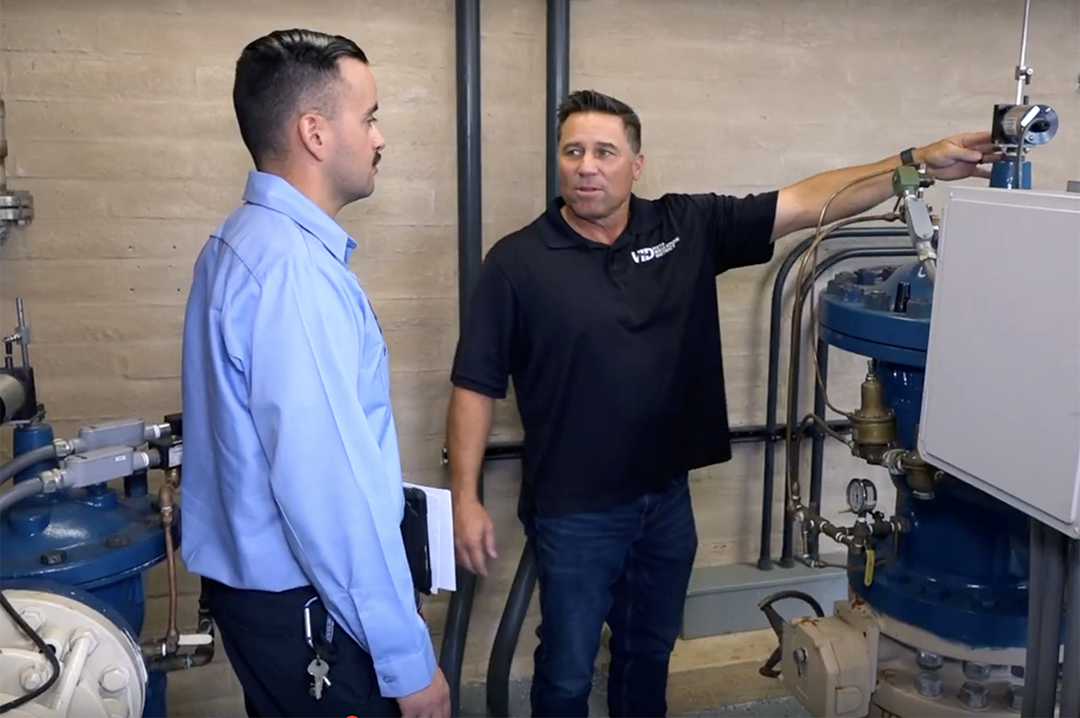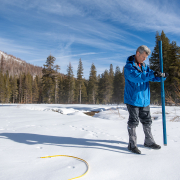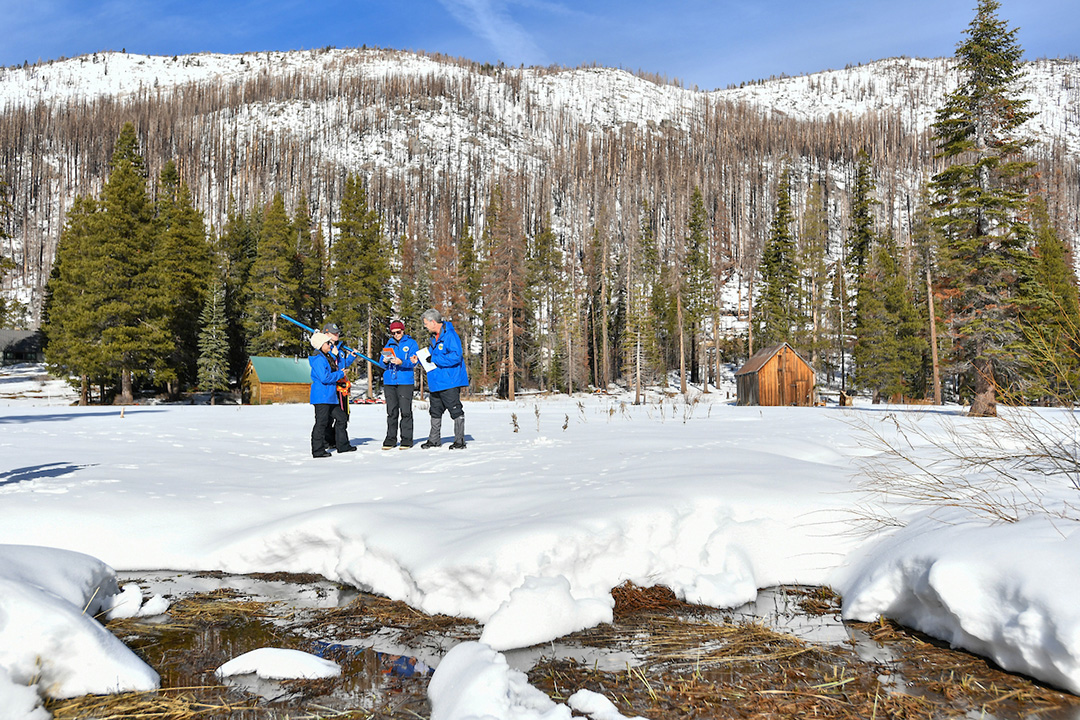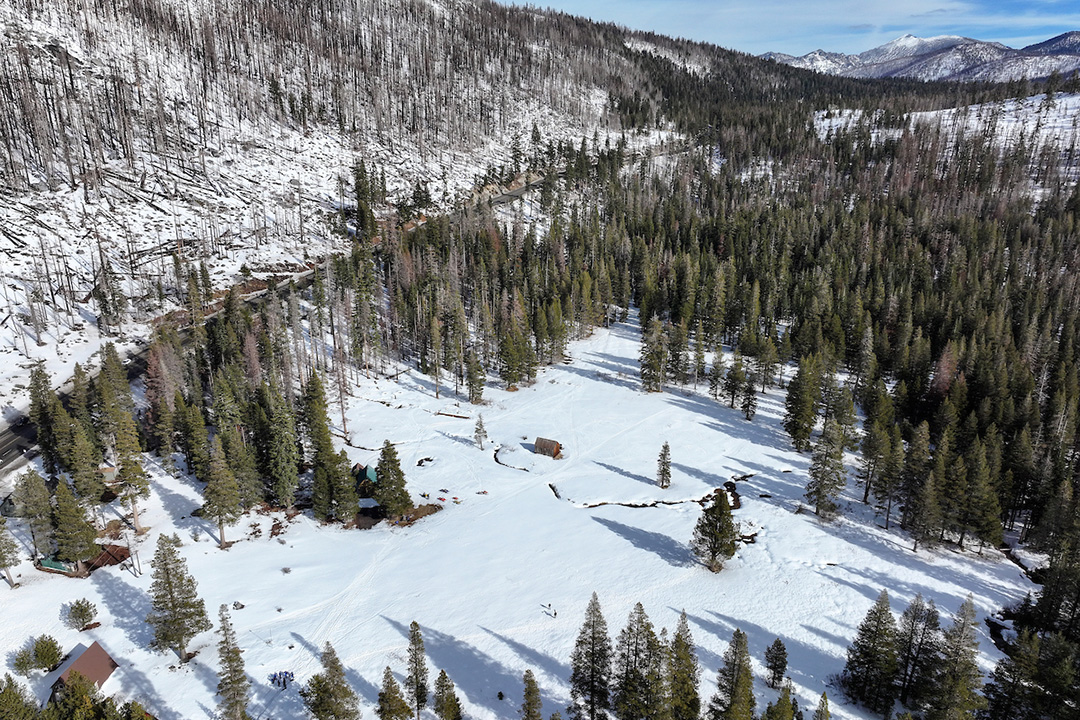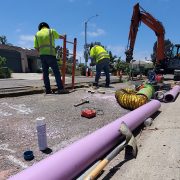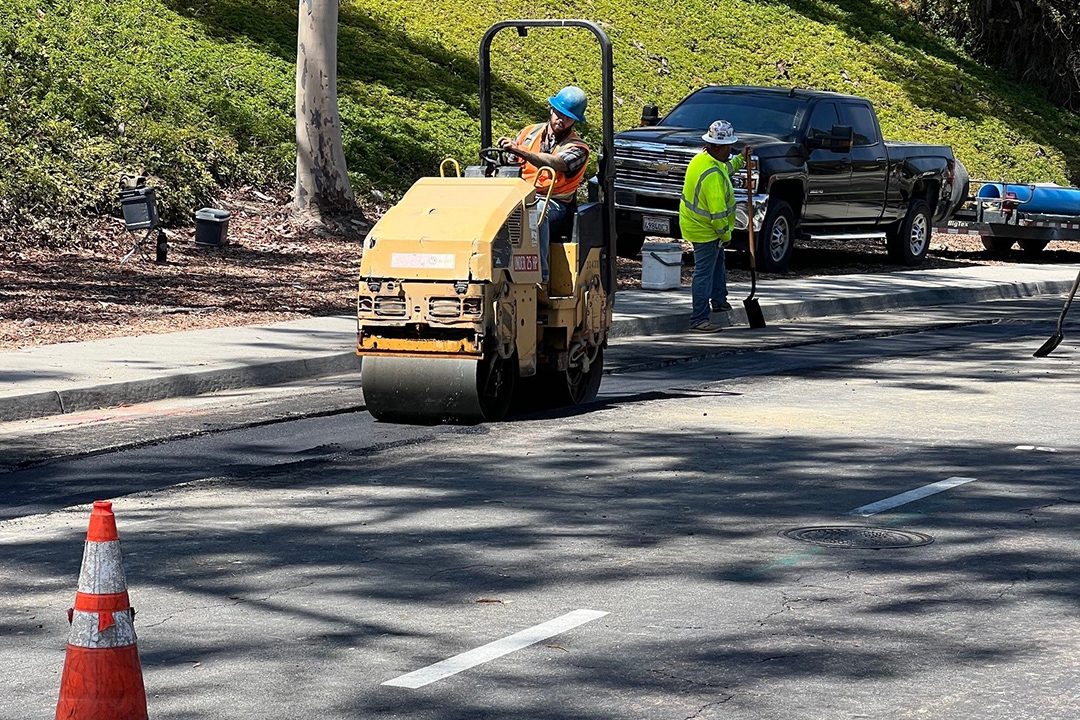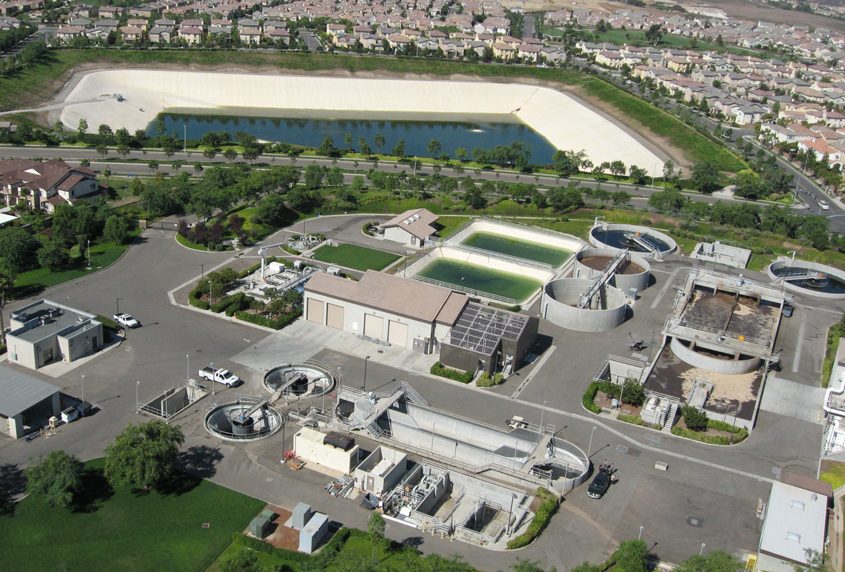Winning Student Artwork Spotlights the Value of Water in Otay Student Poster Contest
Five student artists were named the winners of the Otay Water District’s 2025 “Being Water Wise is…” Student Poster Contest for best illustrating the value of water. The annual contest invites K-12 grade students attending schools in the District’s service area to submit their artwork.
Students learn about the importance of a clean, reliable water supply in the classroom through the Otay Water District’s educational program, which promotes water-use efficiency through art, and turn what they’ve learned into the award-winning posters.
Students Inspire Others To Protect Vital Resource
“We are grateful for all who participate in our program and help share the many ways to use water wisely, whether at home or outdoors,” said Eileen Salmeron, Otay’s communications assistant and contest coordinator. “We hope our young generation will continue to inspire others to join in the effort in protecting this vital resource.”
This year’s high school winner, Zhaoyu Zhai, captivated the judges with his drawing of an alien figure named Adrian taking a short shower, alongside the message “Short Showers Save Water.” Adrian is part of an ongoing character series that he has been developing over the past two years and has applied to other creative projects.
“As a parent, we’ve seen how passionate Zhaoyu is about these characters,” said Zhaoyu’s mother Huiyu Li. “His work includes both hand-drawn illustrations and digital pieces that combine drawing with animation and editing. His inspiration often comes from everyday life and his creative imagination.”
Winners Advance to Regional Southern California Competition
Although there were no middle school submissions, winners were selected in the kindergarten-third grade, fourth-sixth grade, and high school categories. The District recognized the winners at its Aug. 6 Board of Directors meeting with a gift card, certificate, art kit, and a goody bag.
The 2025 Student Poster Contest winners include:
K-Third Grade Category:
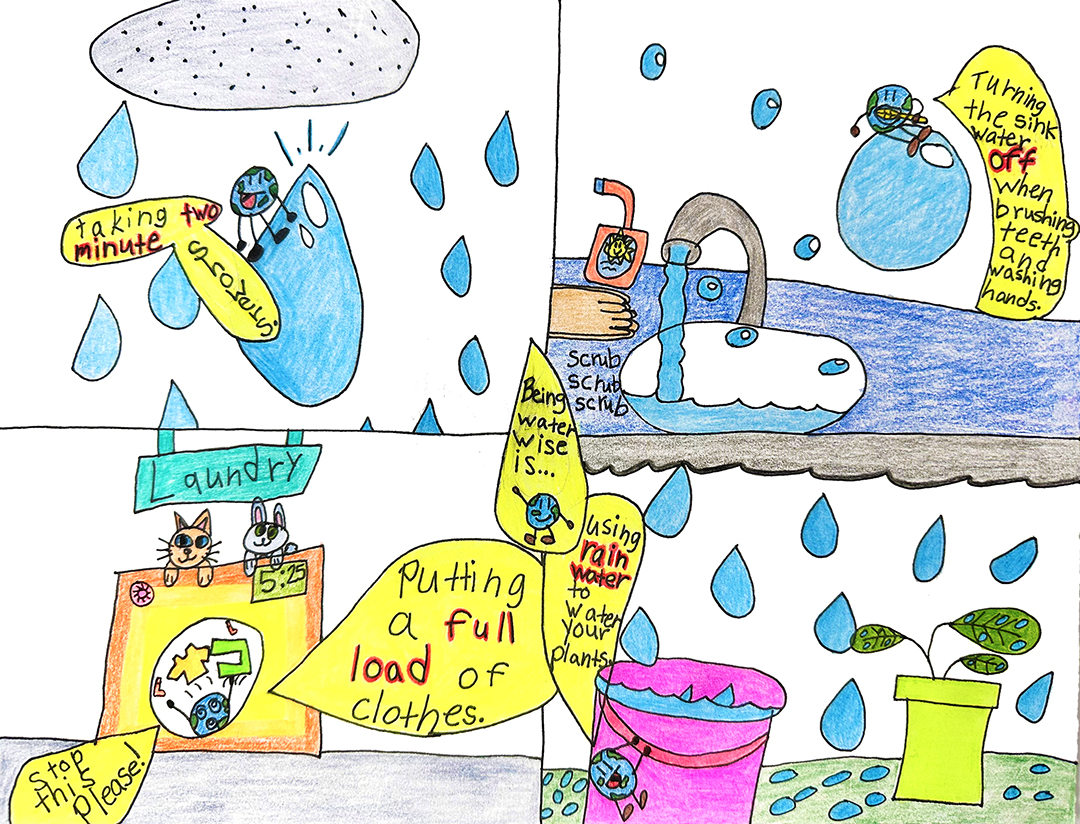
Second grader Ethan Quintero-Ramos, won in the elementary school category. Photo: Otay Water District
-
First Place: Ethan Quintero-Ramos, Second Grade, Olympic View Elementary
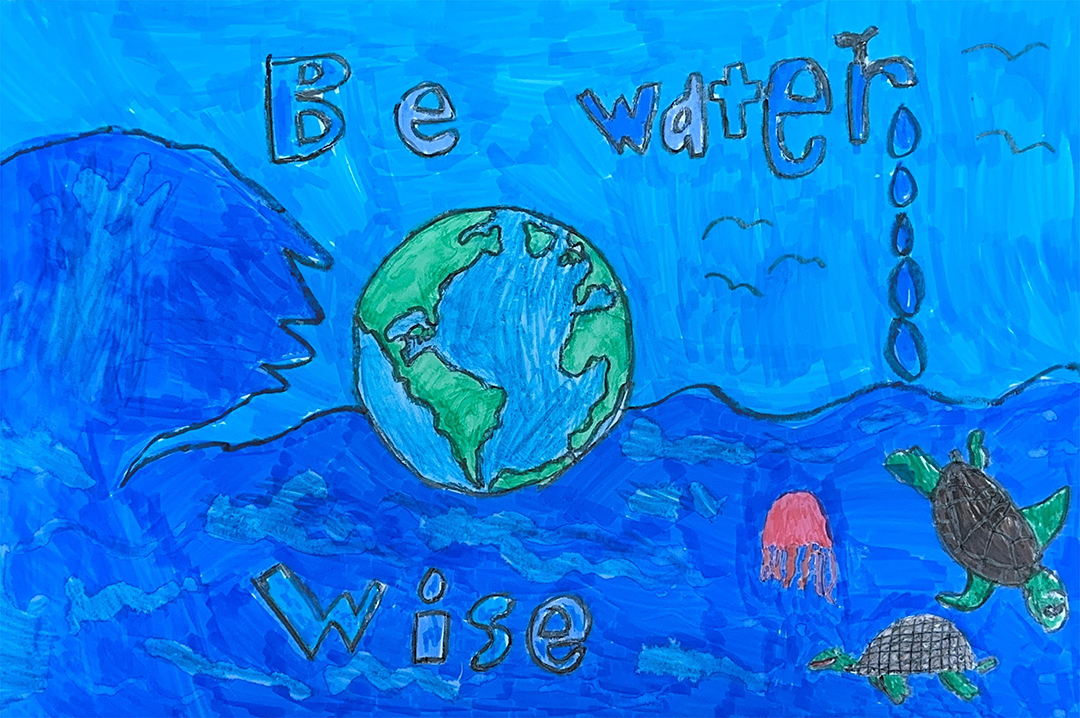
First grader Jacob Irons won second place in the K-Third Grade Category. Photo: Otay Water District
-
Second Place: Jacob Irons, First Grade, Discovery Charter Elementary
Fourth – Sixth Grade Category:
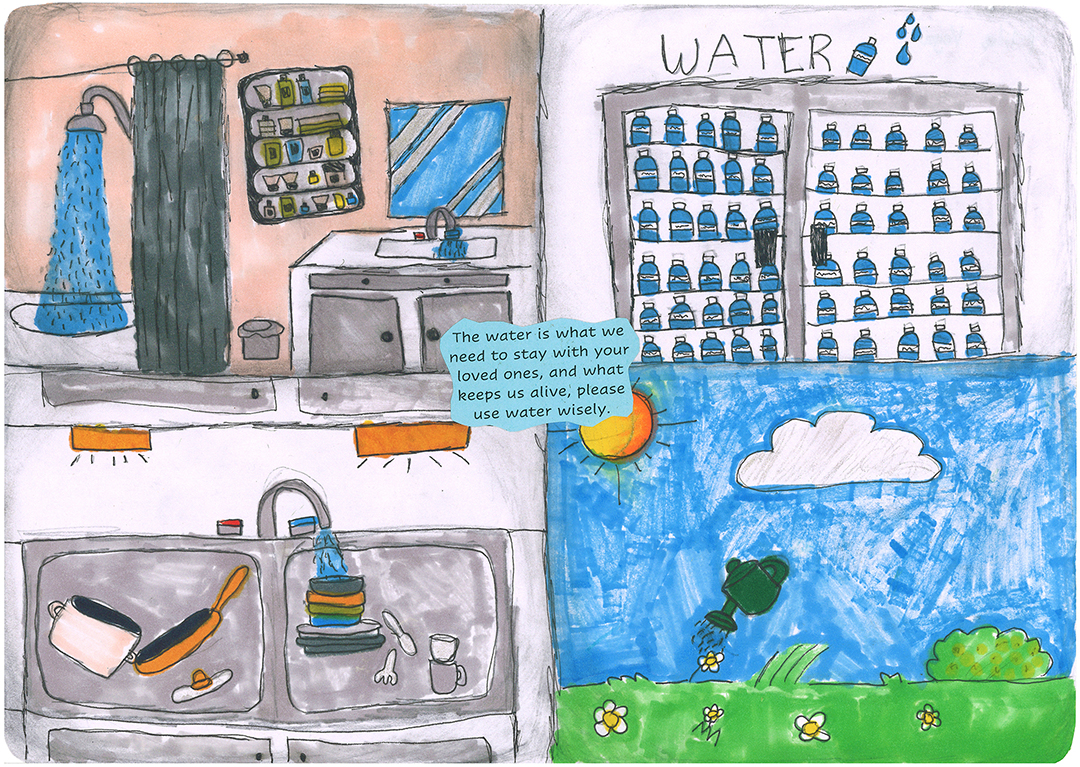
Mila Vega’s winning artwork won first place in the fourth to sixth grade category. Photo: Otay Water District
-
First Place: Mila Vega, Fifth Grade, Valle Lindo Elementary
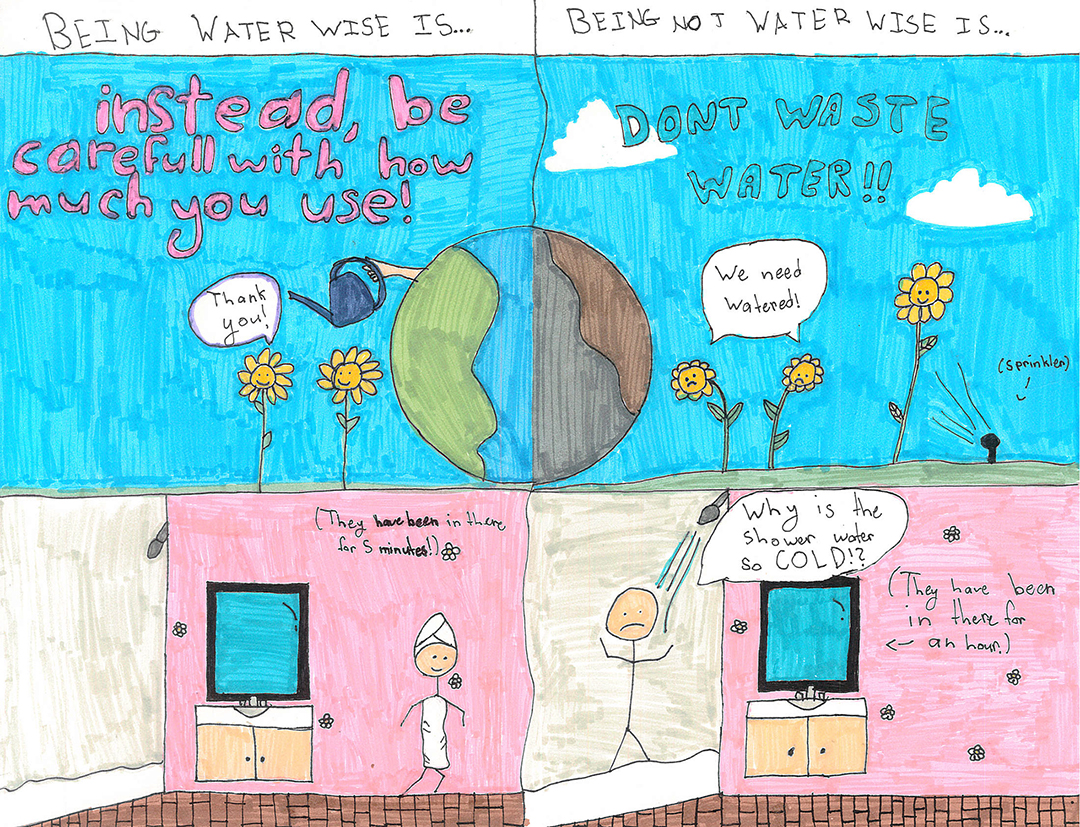
Sophie Coghill’s poster won second place in the fourth to sixth grade category. Photo: Otay Water District
-
Second Place: Sophie Coghill, Fifth Grade, Tiffany Elementary
High School Category:

Zhaoyu Zhai’s creative alien theme won the high school category. Photo: Otay Water District
-
First Place: Zhaoyu Zhai, Ninth Grade, Otay Ranch High School
The posters now advance to the Metropolitan Water District of Southern California’s regional contest, for a chance to be featured in MWD’s 2026 Art Calendar. The winners will be announced later this year.
Otay Water District students have won the regional contest and been included in the Metropolitan calendar the past three years, including Ava Fabunan from Thurgood Marshall Elementary School in 2025; Sofia Cardenas Loera of STEAM Academy and Sophia Garvida of Bonita Vista Middle School in 2024; and Christian Rogacion from Thurgood Marshall Elementary School and Khilee Haull from Hillsdale Middle School in 2023.
Winning posters are online at otaywater.gov/poster-contest-winners-2025.


